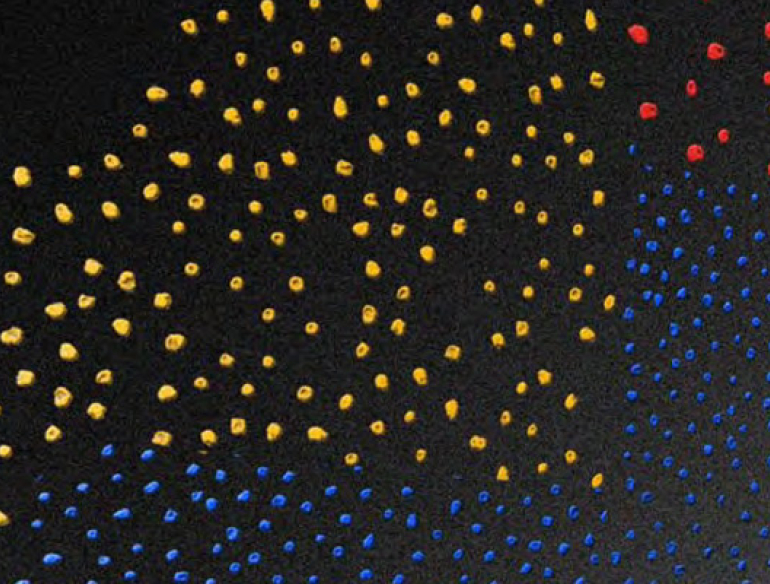- A total of 152 (73%) of 207 at-risk communities were screened for trachoma during 2011.
- The overall prevalence of clean faces in children aged 5 – 9 years was 76%, with 74% in the NT, 88% in SA and 75% in WA.
- The prevalence of trachoma among children aged 5 – 9 years in screened communities was 7%; with 7% in the NT, 4% in SA, and 8% in WA.
- Trachoma cases requiring treatment were detected in 80 of 152 communities screened.
- Trichiasis screening coverage was low in all jurisdictions. A total of 1179 adults (less than 10%) of an estimated at-risk population of 13,466 were reported to have been screened for trichiasis across the NT, SA and WA.
Trachoma is one of the major causes of preventable blindness globally. It is an eye infection caused by the bacterium Chlamydia trachomatis (C. trachomatis) serotypes A, B, Ba and C. The infection can be transmitted through close facial contact, hand-to-eye contact, via fomites (towels, clothing and bedding) or by flies. Trachoma is generally found in dry, dusty environments and is linked to poor living conditions. Overcrowding of households, limited water supply for bathing and general hygiene, poor waste disposal systems and high numbers of flies are all associated with trachoma. Children generally have the highest prevalence of trachoma and are believed to be the main reservoirs of infection due to longer durations of infection compared to adults.
Australia is the only developed country where trachoma is still endemic. It occurs primarily in remote and very remote Aboriginal communities in the Northern Territory, South Australia and Western Australia. In 2008, cases were also found in Aboriginal communities in New South Wales and Queensland, regions where trachoma was believed to have been eliminated. In Australia, the surveillance and management of trachoma is guided by the Communicable Disease Network of Australia (CDNA) Guidelines for the Public Health Management of Trachoma in Australia 2006. This document encompasses the WHO SAFE strategies and provides recommendations for improving data collection, collation and reporting systems.
The National Trachoma Surveillance and Reporting Unit (NTSRU) is responsible for trachoma data collation, analysis and reporting related to the ongoing evaluation of trachoma control strategies in Australia. It operates under contract with the Australian Government Department of Health and Ageing, and its primary focus is the three jurisdictions that have been funded to undertake trachoma control activities by the Australian Government.
